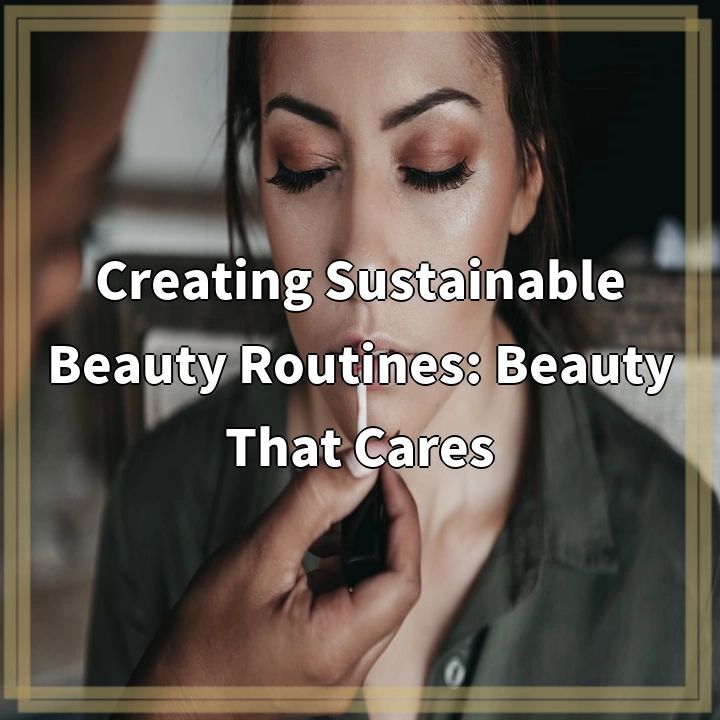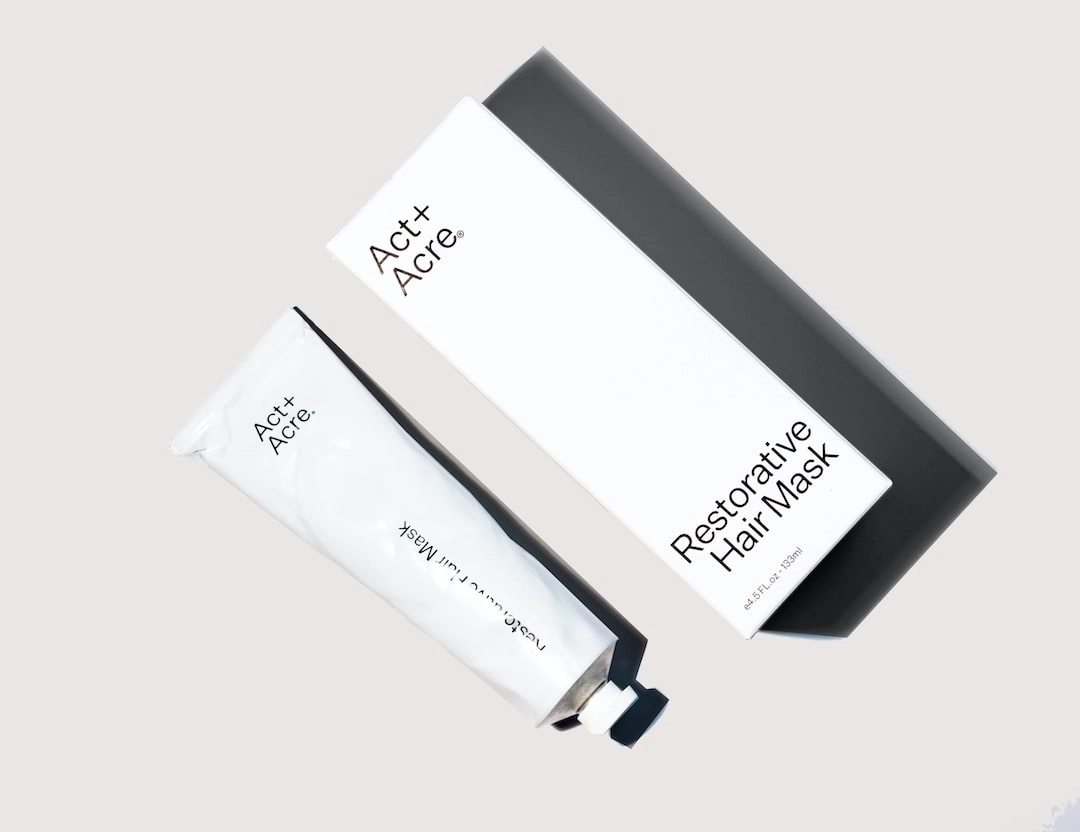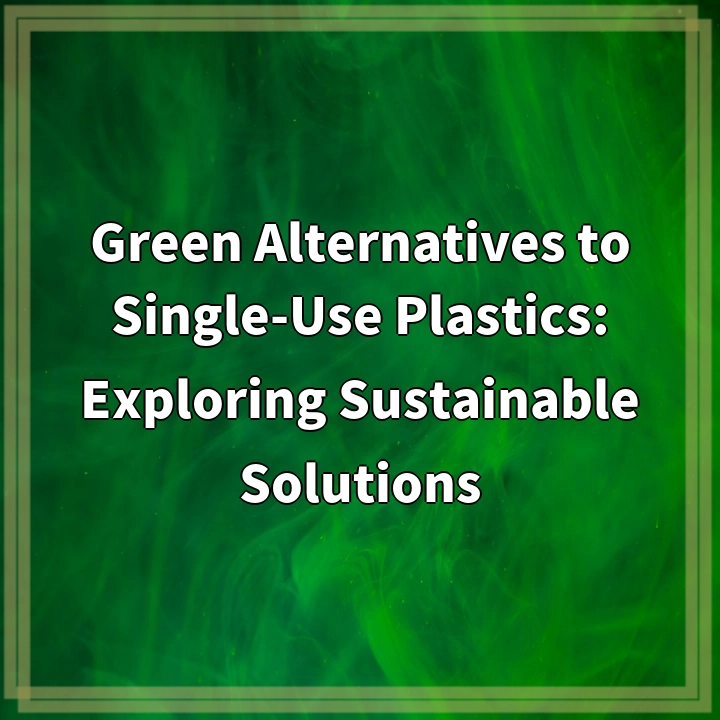
What it is:
Sustainable beauty routines refer to the practice of using beauty products and engaging in beauty practices that minimize negative environmental impacts and prioritize ethical considerations. This involves making conscious choices that support sustainability, such as opting for natural and organic ingredients, reducing packaging waste, choosing cruelty-free products, and promoting fair trade practices. Creating a sustainable beauty routine involves a holistic approach that takes into account the entire lifecycle of a product – from sourcing ingredients to disposal.
Real-world problems:
While the beauty industry plays a significant role in self-expression and personal care, it also contributes to various environmental issues. Some of the real-world problems associated with conventional beauty routines include:
Pollution and Waste:
The production and disposal of beauty products contribute to pollution and waste problems. The manufacture of these products often involves the use of chemicals and packaging materials that can have harmful effects on the environment. Additionally, the improper disposal of beauty products, such as throwing them in regular trash bins instead of recycling them, can further exacerbate waste issues.
Resource Depletion:
Traditional beauty products often rely on the extraction of finite resources such as petroleum, palm oil, and certain minerals. Overexploitation of these resources can lead to environmental degradation, habitat loss, and even conflict in some cases. Adopting sustainable beauty routines helps to reduce the demand for such resources, encouraging the use of renewable alternatives instead.
Animal Testing:
Many beauty products are tested on animals, causing unnecessary harm and suffering. Animal testing is not only inhumane but also raises ethical concerns. The use of sustainable beauty products involves supporting brands that are cruelty-free and promote alternative testing methods, such as in vitro testing, to ensure product safety.
Chemical Exposure:
Conventional beauty products often contain synthetic chemicals that can have negative impacts on human health and the environment. Ingredients like parabens, phthalates, and sulfates have been linked to various health issues, including allergies, hormonal disruptions, and water pollution. Adopting sustainable beauty routines involves opting for natural and organic products that are free from harmful chemicals, promoting better health outcomes for both individuals and the environment.
By adopting sustainable beauty routines, individuals can contribute to mitigating these real-world problems and promoting a beauty industry that is more conscious, responsible, and caring towards the environment and all living beings.

Solutions for Sustainable Beauty Routines:
Creating sustainable beauty routines presents opportunities to address the real-world problems associated with conventional beauty practices. Embracing the following solutions can help promote a more environmentally-friendly and socially-responsible beauty industry:
1. Choose Natural and Organic Products:
Opt for beauty products that are made with natural and organic ingredients. Look for certifications such as USDA Organic or EcoCert that ensure the products are sourced sustainably and free from harmful chemicals. Natural and organic products minimize environmental impacts and reduce the risk of chemical exposure.
2. Reduce Packaging Waste:
Select products with minimal or eco-friendly packaging. Avoid items with excessive plastic or single-use packaging. Look for products packaged in recyclable or biodegradable materials. Another option is to support companies that offer refillable containers, reducing waste over time.
3. Support Cruelty-Free Brands:
Choose beauty brands that are cruelty-free, meaning they do not test their products on animals. Look for official cruelty-free certifications like Leaping Bunny or PETA’s Beauty Without Bunnies logo. Supporting these brands encourages the use of alternative testing methods and protects animal welfare.
4. Embrace Ethical Sourcing:
Prioritize brands that source their ingredients ethically and support fair trade practices. This ensures that the people involved in the production process are treated fairly and the sourcing of ingredients does not contribute to habitat destruction or exploitation of marginalized communities.
5. DIY and Upcycling:
Consider making your own beauty products at home using natural ingredients like oils, fruits, and herbs. This reduces reliance on commercially-produced products and allows for greater control over the ingredients used. Additionally, upcycle containers or find creative ways to reuse empty beauty product packaging to minimize waste.
6. Educate Yourself and Others:
Stay informed about environmental issues and the impacts of the beauty industry. Share your knowledge with friends, family, and the community through social media, blog posts, or discussions. By raising awareness, you can inspire others to adopt sustainable beauty practices.
By incorporating these solutions into our personal beauty routines and supporting sustainable beauty brands, we can contribute to a more eco-conscious and ethical beauty industry that aligns with our values and promotes the well-being of both people and the planet.















